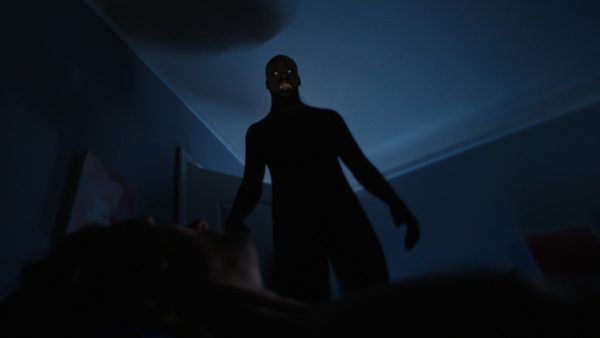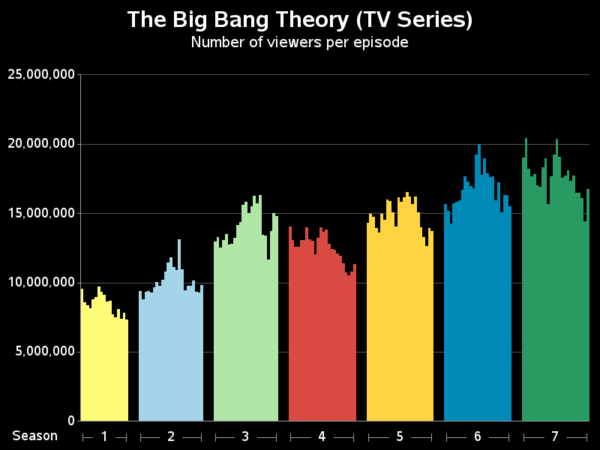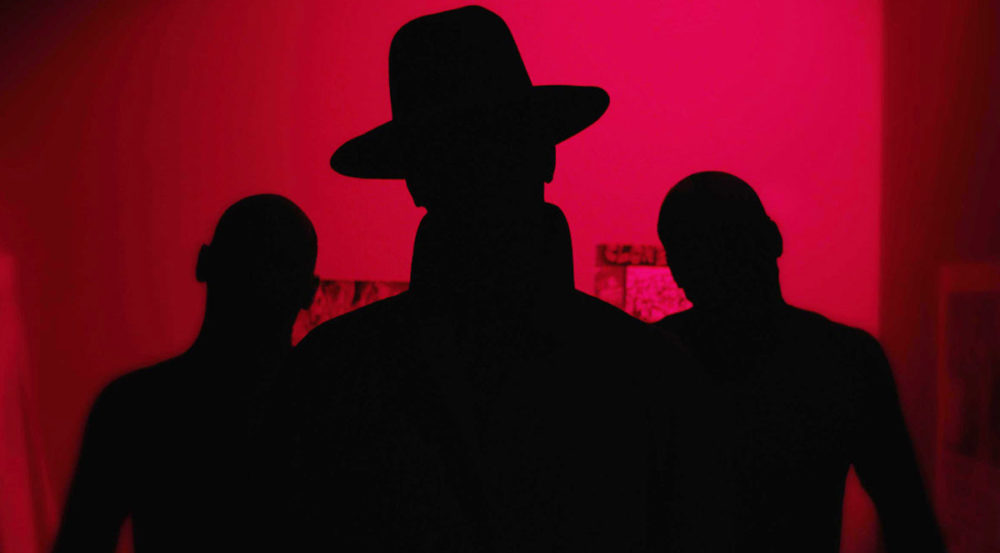Effective horror has to have some element of feeling real. That’s why The Blair Witch Project became such a phenomenon, why so many ghost and possession movies claim to be “based on actual events,” and why you never ever CGI blood. Give us something too outlandish, like serial-killing snowmen, and the fear dissipates. For me personally, it’s the reason why I find movies like The Strangers much more frightening than, say, Poltergeist. The former is grounded in something that so closely resembles our actual reality, and the characters are antagonized by people who can very easily exist, that it cranks the “this could happen to me” factor way up.
If things that feel real can be so scary, then what about something that legitimately exists and terrifies people on a nightly basis? The Nightmare, then, gains a lot from its very real topic of sleep paralysis and the creepy apparitions it calls forth.
This isn’t a horror movies that draws from sleep paralysis. The Nightmare isn’t really a horror movie, though it often resembles one. In actuality it is a documentary based around interviews with a number of people who suffer from the condition, and their detailed accounts of what it is like to try to get through the night when Shadow Men routinely enter their room to creep on them. These accounts are recreated with flair by director Rodney Ascher, and they do an effective job of giving the audience a glimpse into the unsettling nature of these occurrences.

In fact, the first time my girlfriend and I watched the movie, we had no idea it was a documentary, and did not concretely decide that it was until almost ten minutes into the film. The Nightmare begins on the set of a TV news program, as a narrator tells the story of how as a child he had an episode where he believed the news anchor was addressing him directly through the TV. It feels like it could be the set up for any number of fantastical premises, until it cuts to the person giving the account. As we meet more and more subjects sharing their experiences, each illustrated with visuals that could easily be from a legitimate nightmare, two realizations come simultaneously: these are real experiences and they are a horrible ordeal to go through.
The film doesn’t delve too much into the actual science behind sleep paralysis, choosing instead to focus on the experiences themselves. But it does share enough to get across that yes, this is a real affliction that people suffer from, and the focus on the episodes themselves allows for a much more effective understanding of what it is like for these individuals to try and sleep through the night than simply rattling off statistics and information.

Some of you may scoff at the idea of my recommending a documentary as a horror movie. And sure, you don’t get the same kind of suspense and tension, since by virtue of the interviews you know that none of the men and women we meet will come to any real harm. There is also no big climax or payoff as is typical of a horror film. But these are REAL (at least for those suffering the affliction), and much of what transpires could easily be inserted into a more traditional scary movie. The Nightmare even points out how films like A Nightmare On Elm Street and Insidious found direct inspiration from the phenomenon of sleep paralysis. Plus, few documentaries can claim to have jump scares that are more effective than most of what you see offered in the genre.
One of the things I hoped to do with these pieces was provide alternatives to the tried and true go-to options for Halloween viewing. The Nightmare not only provides a different flavor for the season, but also ends up giving an explanation for where all these manner of boogeymen and creepy folklore may have come from in the first place. While it may not give veteran genre fans any actual nightmares, it provides a window into what life is like to actually live through some of the things we are used to seeing from the safety of our couches.

